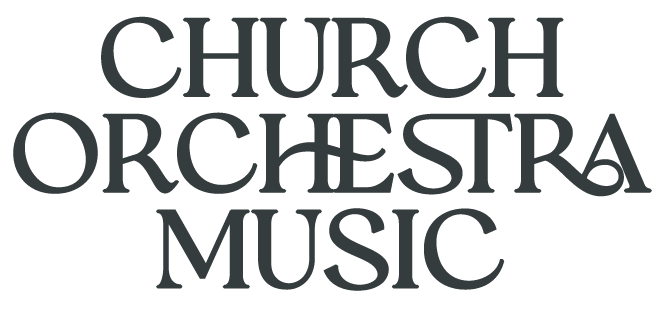Tips for Arrangers
1. Measure numbers in the scores – make sure that they are large enough for the conductor to see easily.
2. Measure numbers on the parts – we recommend numbering every measure, as it can save a lot of rehearsal time. The measure numbers should be placed below the staff in the very leftmost part of the measure.
3. There’s a division of opinion among directors as to whether they prefer transposed scores or scores in concert pitch, so make yours however you like.
4. If your score contains more than 18-20 staves, consider formatting it in legal size rather than letter, so that the notes are not too microscopic.
5. Music spacing – strive for a good compromise between having music which is too crowded, making it difficult to read, versus too spaced-out, necessitating a higher page count.
6. Related to the above – keep the page count for the parts as low as possible, without having to crowd the music too much. For instance, if the third page of a part contains only one system, try to move those measures back to the previous page so that there are only two pages to the part.
7. In a rhythm section-based piece, it’s nice if there’s a separate part for the drums rather than making the drummer read from a master rhythm part with multiple page turns and very little to tell him what to play. Don’t overdo it on the details for such a part. Usually just a measure notating the basic style you want is enough to get the pattern started.
8. Many church pianists are not accomplished improvisers, so it’s always good to include a written piano part.
9. Include substitute parts. A typical substitute part list is shown below (can vary slightly from piece to piece):
Soprano Sax/Clarinet (doubles Oboe)
Bass Clarinet (doubles Cello or String Bass)
Bassoon (doubles Cello or String Bass)
Alto Sax (doubles Horn)
Tenor Sax / Baritone T.C. (doubles Trombone 1, 2)
Baritone Sax (doubles Tuba)
String Reduction
10. String reduction parts – don’t have to include every note that the string section plays. Remember that a keyboardist only has two hands, so reduce the part accordingly.
11. We recommend including some kind of audio demo for each arrangement you list with us. Of course, the more attractive you can make your demo, the better, but even a simple MIDI mockup is better than nothing. Recordings of live performances, if they are of an excellent quality, are also an option.
12. Courtesy accidentals can be most helpful … include them so that players will miss fewer notes when sightreading.
13. Provide cues to help cover any important instrumental lines for which a player may not be available. For instance, and important oboe passage could be cued in flute, clarinet, or muted trumpet. The more flexibility is built into your arrangement, the more useful it will be to a larger number of ensembles.
14. Be your own editor and check your score for consistency of dynamics, articulations, tempo markings, and the like. Remember that you probably won’t be there to tell someone how to play your music, so take time to include whatever instructions might be helpful to both director and players.
15. Create an instrumentation page listing all the parts included in your piece, plus any performance notes which may be helpful to the conductor.
16. Make sure the title of your piece, the instrument name, and page number are on every page of music (preferable at the top of the page).
17. Beware of overlapping elements in the score … e.g., dynamic markings or text blocks covering notes, etc.
18. Finally – proof your own work carefully! Only God is perfect, but make it your goal that, if possible, your music will be 100% error-free.
